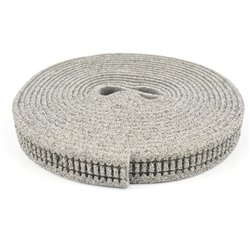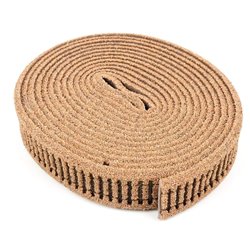Static grass puffer bottles work by manually charging model grass fibres with static electricity. When the charged...
No products
Product successfully added to your shopping cart
There are 0 items in your cart. There is 1 item in your cart.
Search Tips
What are the pros and cons of using foam ballast inlay for my layout?
Some of the potential pros of using foam ballast inlay for a model railway layout include:
- Easy to install: Generally, foam ballast inlay is relatively easy to install, and can be cut to size and shape as desired. It is also available for specific track elements such as specific turnouts and crossings.
- Lightweight: Foam ballast inlay is lightweight, making it easy to handle and reducing the overall weight of the layout.
- Variety: Foam ballast inlay is available in a variety of colours, allowing for a more realistic representation of different types of ballast.
The cons of using foam ballast inlay include:
- Durability: Foam ballast inlay is generally not as durable as other types of ballast and is known to degrade over time. As a result, it may require more frequent replacement.
- Cost: Foam ballast inlay can be more expensive than other types of ballast, such as crushed rock. This is a major factor to be considered before committing the layout to a baseboard as the tendency of foam inlay to degrade may necessitate a need for more regular replacement.
- Appearance: Many modellers prefer the appearance of other types of ballast, such as crushed rock over foam ballast inlay.
- Compatibility: Some foam ballast inlay may not be compatible with certain types of track segments, especially flexible track.
It's also worth noting that foam ballast inlay is not suitable for outdoor layouts, as it can degrade over time when exposed to the elements. Additionally, even when kept indoors certain factors such as temperature changes and exposure to direct sunlight could cause the foam to degrade faster than anticipated.
Availability: Many of the major manufacturers now no longer stock foam inlay or they are producing it in lesser quantities, thus making availability both now and in the future a significant issue for modellers to consider when designing their layouts.
Click here to receive the tips weekly in your mailbox. You can unsubscribe at any time.









